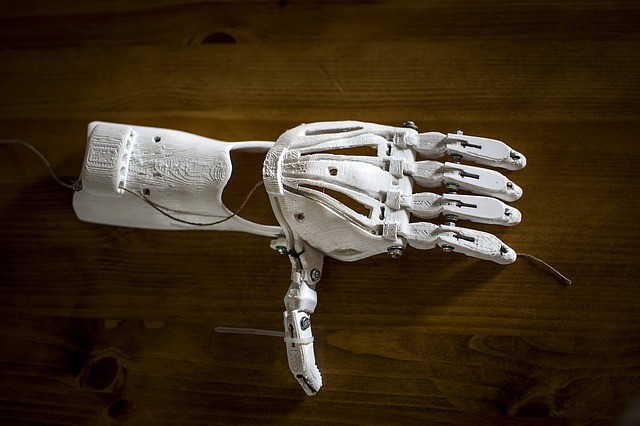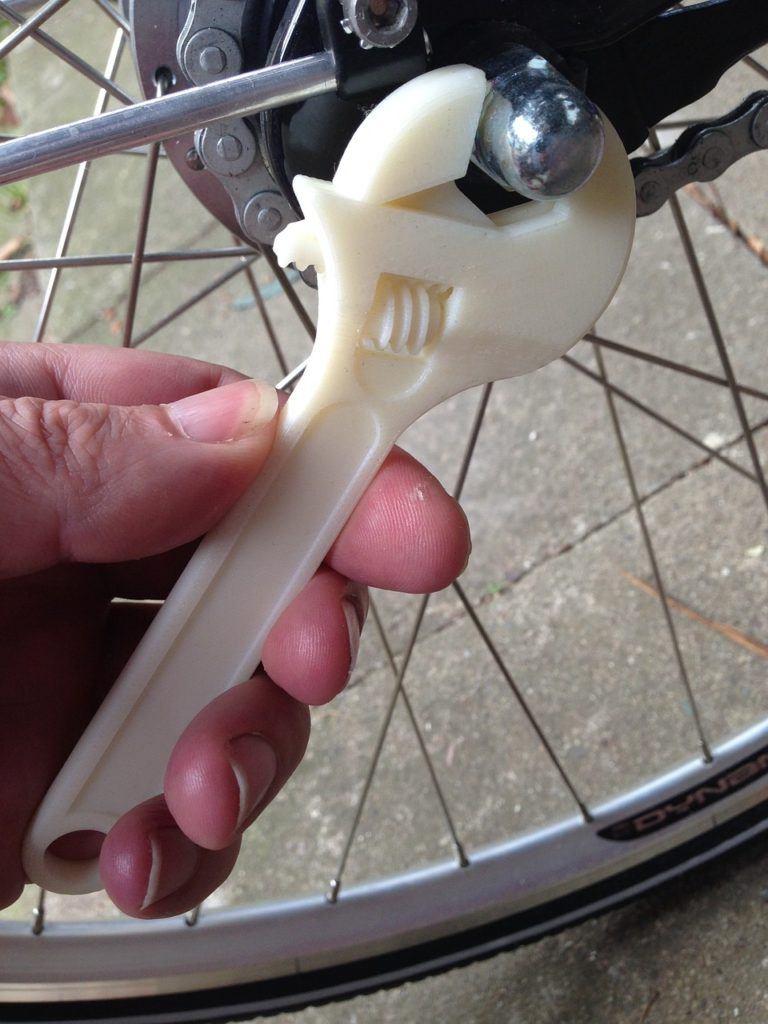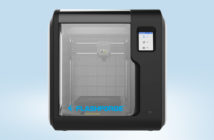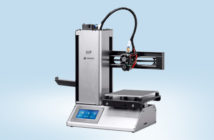Much of the news has been abuzz with talk of 3D printers as of late, but how 3D printers work and what exactly they are isn’t always explained.
A normal printer like you may see in your home or office replaced tools that we used to use to write with, like printing presses, or pen and paper.
Think of 3D printers doing the same thing, but for a variety of objects instead of just ink. They can replace traditional factory production lines with a single machine.
3D printing is also called additive manufacturing. Most people agree that the potential for 3D printing has just started to scratch the surface, so what is all the hype about?
History of 3D Printers
In the late 1980’s, Rapid Prototyping technologies became the predecessor to today’s modern 3D printing.
The patent by Charles Hull in 1986 led Hull to found one of the largest and most prolific organizations in the 3D printing world today.
Largely they started to help companies make prototypes, and research and development into the projects led to more advances in 3D printing technology.
In January 2009, 3D printing was finally released for commercial purchase, but they weren’t readily available for the mass market until 2012.
After being funded by Kickstarter campaigns and fuelled by an eager market of curious (and creative) people, the technology has grown is now geared to a variety of potentials across consumer, industrial, and medical markets.
How do 3D Printers work?
How does a 3D printer work? Just like you would create a document on your computer and then send it to your ink printer, you would create a 3D design on your computer, and then the printer builds it.
The printer breaks down your design into very thin slices, and builds it from the bottom-up, almost like if you put the same piece of paper through an ink printer and printed the same image over and over again. Eventually, the ink would build up. It’s the same principle, but with different materials.
Unlike your regular home printer, a 3D printer has a lot more possibilities. Not only can it build simple objects using this method, but it can create complex, moving parts like hinges or wheels.
The options are theoretically endless—you could print yourself a new car with enough time and modeling.
A 3D printer can print in a variety of different materials, making it useful for everything from toys to car parts to medical replacements like prosthetic limbs. Actually, some of the most interesting advances have come in the medical field.
3D printers have the potential to create bone, teeth, and even skull replacement implants that are both sterile and custom-fitted. New advances are leading to the ability to print tissue with blood vessels and synthetic skin that can be printed directly onto the wounds of burn victims.
More than just being able to create tissue, the medical industry has also started to use 3D printing for tools that are difficult or expensive to obtain in some places.

This has led to saving many lives, especially in isolated countries or those recovering from disasters like Haiti.
Researchers are looking to using 3D printing to assemble chemical components at a molecular level and create drugs for treatment.
The Future of 3D Printers
As of right now, most 3D printers are still too expensive to have in every home, but as new advances are being made in the technology, one day, it may be as readily available as cheap ink printers.
The most impressive thing about 3D printers is that they can be used to make everything custom-fitted to your needs—no more trying on six pairs of shoes every time you shop to find one that fits the shape of your foot comfortably.
The 3D printing industry has been a huge boon to prosthetics, allowing them to be made not only cheaper, but custom-fit and custom-designed.
This makes them easier to replace for children who are growing, or even allowing people to be not only comfortable with their bodies, but express themselves in a way that gives them much more freedom.
Here’s a video showing a company that uses 3D printing for children’s prosthetics.
For the time being, 3D printing is really going to be used more for engineers and designers, as the cost per item you make is going to be higher than the sort of mass-production that factory lines can deliver.
These machines also cannot match factory industry in terms of size, variety of materials, and fine finish, but this is slated to change as more innovative designs are implemented with this technology.
Who knows? In a few short years, we could be living the dreams of our science fiction universes, able to print whatever we need on demand and in the comfort of our own homes.
Some people believe that 3D printing may soon lead to another Industrial Revolution, but only time and technology will tell.
Are you on board with 3D printers?






